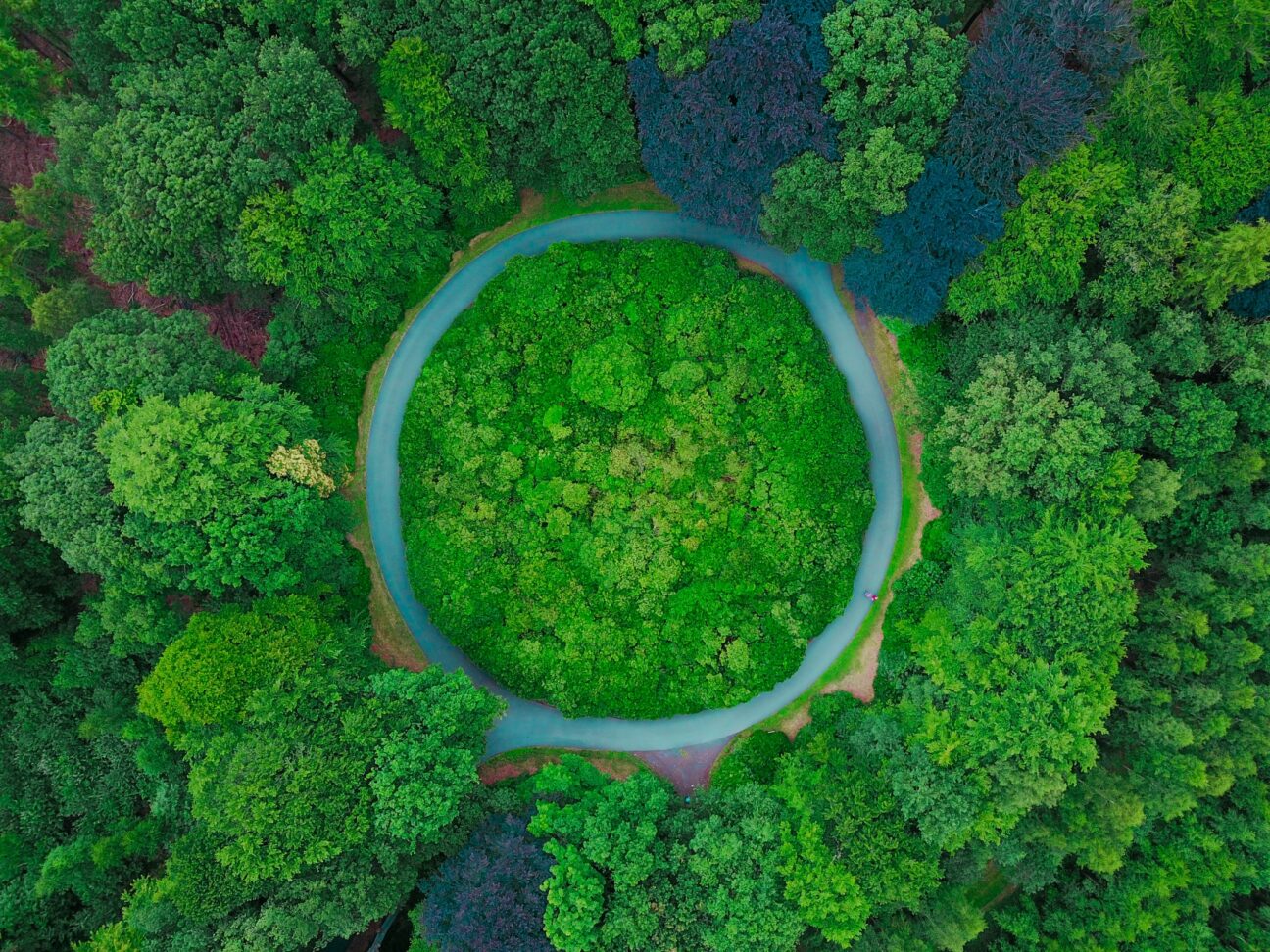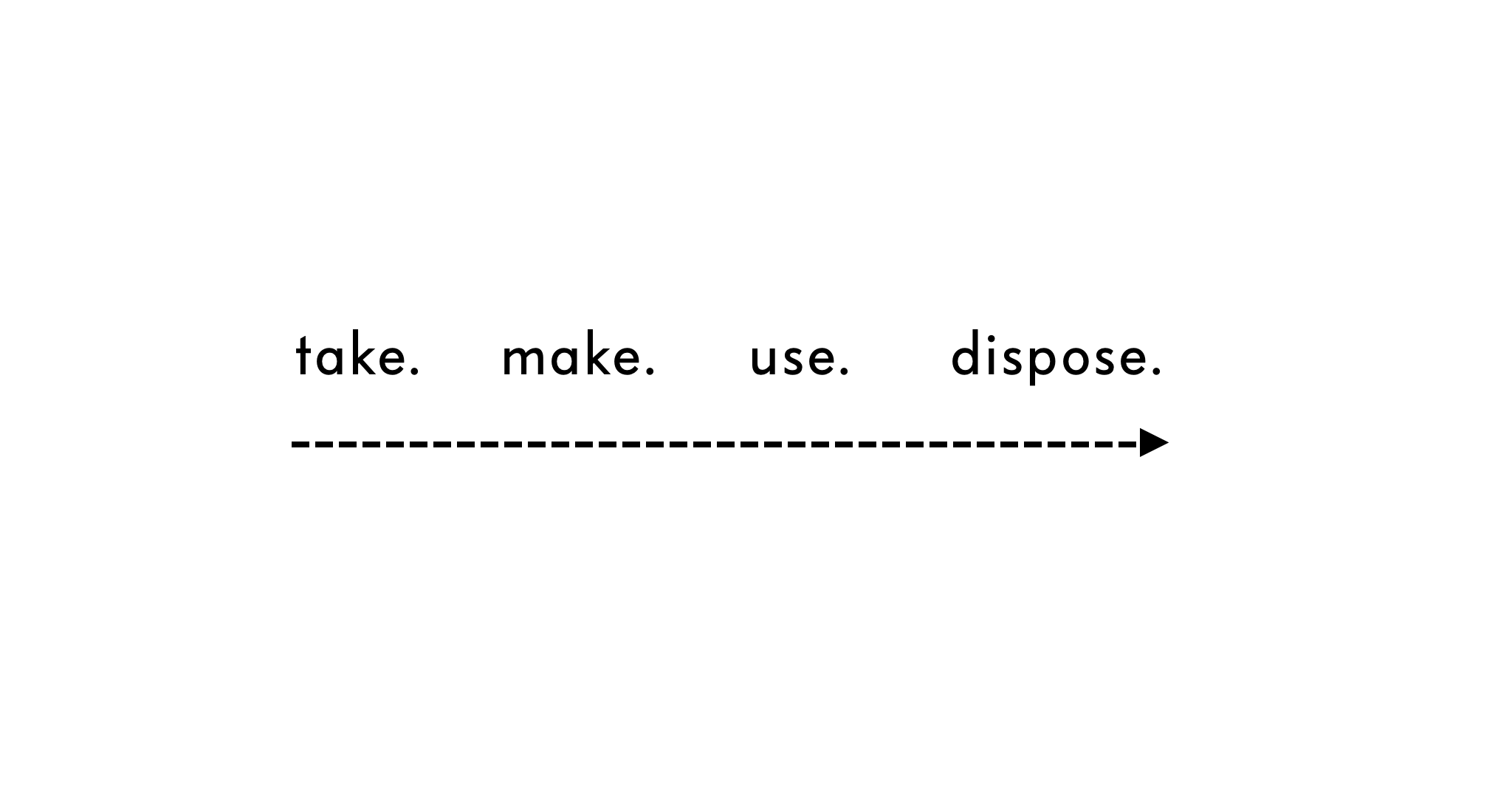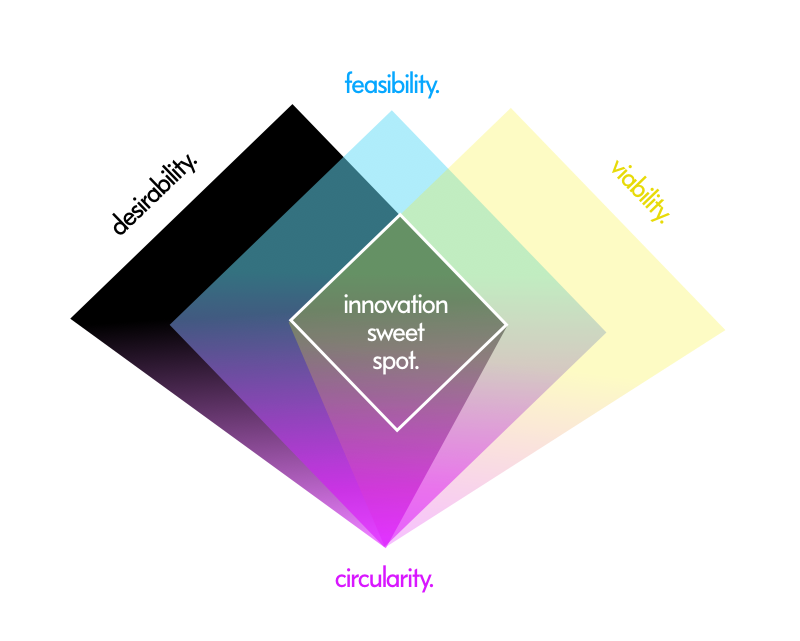Do you want to be able to eat chocolate in thirty years?
“Experts fear chocolate will run out in THIRTY YEARS because cacao plants are dying in warmer climates”.
– The Sun, 2018
I suppose you haven’t missed that we have a thing called global warming going on, or that our resources are actually running out. This is to a large extent a result of how we produce and consume in our world economies. Since the beginning of industrialization, mankind has been producing in pretty much the same way. We take resources, we make products, we use and then we dispose. This is called the linear economy.
Fuelled by the increasing global consumption, the take-make-dispose culture has escalated. Companies program their products to break (SVT, 2018) and Apple is now being sued for deliberately slowing down aging phones (Reuters, 2017). If everyone would consume the way Sweden consumes, we would need 2.4 planets. At the same time the global population is expected to reach 9.8 billion in 2050 (UN, 2017) and the resource extraction will need to triple the size of today in order to answer to the demand (UNEP & IRP, 2016). Scepticism is plentiful. Many have raised their doubts to how we will tackle an increased demand in the linear model that is already reaching its physical limits, while also reducing the impact on the planet. You don’t have to be a mathematician to realize that the equation just doesn’t add up.
Now that the waste piles are almost too big to handle, the resources are scarce, and the temperature is heating up, it is safe to say that we need some type of change, and more importantly, a radical and global one. But how do we change the take-make-dispose mantra that we seem to have grown so fond of?
By rethinking…
The circular economy was formed as a response and solution to the linear economy, rethinking the system as we know it. Circular economy is restorative and regenerative by design and simulates nature’s way of turning every resource into something valuable, even after its end-of-life. A circular economy prolongs the lifetime of products, minimizes the amount of waste and reduces the use of new resources. With this new economy follows new opportunities for innovative business models, processes and value-propositions. Circular economy “closes the loop” through maintaining, reusing or recycling the products and the materials after its end of life, as well as renting and sharing products instead of selling them. Circular products are designed for multiple life cycles and longer lifetimes through easier reparation, disassembling and recycling. When products are used several times, the value can be obtained for longer. Considering the fact that today, 80 % of the value in our global consumption goes to waste (Cradlenet, 2017), this is important to change.
The value derived from a circular economy is expected to sustain economic growth, sustain the resilience of the economy, reduce negative environmental impact, and promote industrial renewal as well as a more innovative economy (Ellen MacArthur Foundation, 2015; World Economic Forum et. al, 2014). It is also predicted to result in production cost savings, net material savings, increased wealth and employment, risk mitigation and improved land productivity and soil health (ibid).
Already in 2013, one third of the global CEOs sought to employ circular economy models (Lee et al., 2013). Today, several companies have incorporated circular processes in their business such as IKEA, H&M, SSAB and Houdini. Some are even based on circular business models such as Mud Jeans, Pure Waste, Swedish Stockings, Sellpy and EquipmentLoop.
Now you might think that we are safe, that we have found the solution and we are ready to embrace it, ensuring our future survival on this planet. But I am afraid it is not that simple. The reality is that we don’t exactly know how to realize the future that the circular economy envisions. Companies, politicians and researchers are merely starting to lean into the circular thinking. We need more information and cases to base decisions on.
What we do know however is that the disruptive nature of circular economy implies that the transition won’t be a piece of cake. There are many obstacles that need to be overcome and it involves individuals changing their behavior and their consumption patterns, changed laws and legislations as well as changed business models. But change needs to start somewhere, and one thing is certain. If we are about to achieve the circular economy, we need the right tools to support and enable it.
Now we have reached the passage where I unfold the reason as to why I’ve written a blog post about circular economy for Jayway, a design-driven software studio creating innovative solutions.
If we look at the current development of the industrial setting, we are in the midst of the fourth industrial revolution and on the brink of a new era where companies’ survival depend on their ability to digitize their business. Digital processes are becoming the standard rather than the exception and technology gives us the capacity to create solutions that can radically change the way our businesses are run. Stuchtey et. al (2016) consider the technology revolution to be the most powerful tool in history.
“We have the most powerful tool in history right at our fingertips”
– Stuchtey et. al., 2016 p31
But what is the use of a fourth industrial revolution that seeks to create more efficient, smarter and scalable digital processes, if it in the end does not serve to support a long-term sustainability? If used in the right way, this powerful tool can support and enable a new economy.
To prove my point, Airbnb, Sunfleet and Peerby are all digital platforms enabling sharing economies. Foodtrax uses Blockchain technology to track sustainability information of materials and products to store chains whereas Recycle To Coin uses Blockchain and automated machines to provide token rewards for returning plastic containers, increasing incentives for recycling plastic. Content Thread uses RFID technology to store digital information about a garment inside a textile thread, enabling transparency and facilitating an easier recycling process, while providing “smart” clothes.
Innovative digital solutions can support and enable circular economies.
However, these types of solutions are mostly novel and under development. Today there are still few digital solutions supporting circular processes. Pagoropoulos et al., (2017) stress the importance of digital technology in the transition to circular economy, but maintain that it is an emerging research area that currently lacks authentic case studies.
As a design-driven innovation studio, we at Jayway believe we have the capacity to help spur the development towards sustainable innovation. Historically, Jayway has focused on creating desirable, feasible and viable solutions. But in the light of day, we have come to realize that it is not possible to achieve viable and long-term sustainable solutions if we do not incorporate circular ideas and circular thinking.
cavazzana lindfred diagram 2017
Even though we need many more players to contribute to the acceleration of a circular economy in order for it to evolve, we believe that we, at Jayway, have an important role to play. We want to continue to digitalizing businesses and develop groundbreaking solutions while at the same time reducing the waste piles and giving back to the planet. We want to eat chocolate in thirty years…
It is time to use “the most powerful tool in history” in the right way.
Links:
Ellen MacArthur Foundation, 2015 Towards a Circular Economy: Business rationale for an accelerated transititon
Lee et al., 2013 The UN Global Compact-Accenture CEO study on Sustainability
Pagoropoulos et al., 2017 The emergent role of digital technology in the circular economy
Reuters, 2017 Apples faces lawsuits after saying it slows down aging iphones
SVT, 2018 Expert: Prylar planeras gå sönder
The Sun, 2018 Experts fear chocolate will run out in thirty years because cacao plants are dying in warmer climate
UN, 2017 World population projected to reach 9.8 billion in 2050, and 11.2 billion in 2100
UNEP & IRP, 2016 Worldwide Extraction of Materials Triples in Four Decades, Intensifying Climate Change and Air Pollution
World Economic Forum et al., 2014 Towards The Circular Economy: Accelerating the scale-up across global supply chains
More info about Blockchain and circular economy: GiantSupernova
Companies:
Airbnb, Content Thread, EquipmentLoop, Foodtrax, Mud Jeans, Peerby, Pure Waste, Recycle To Coin, Sellpy, Sunfleet, Swedish Stockings



